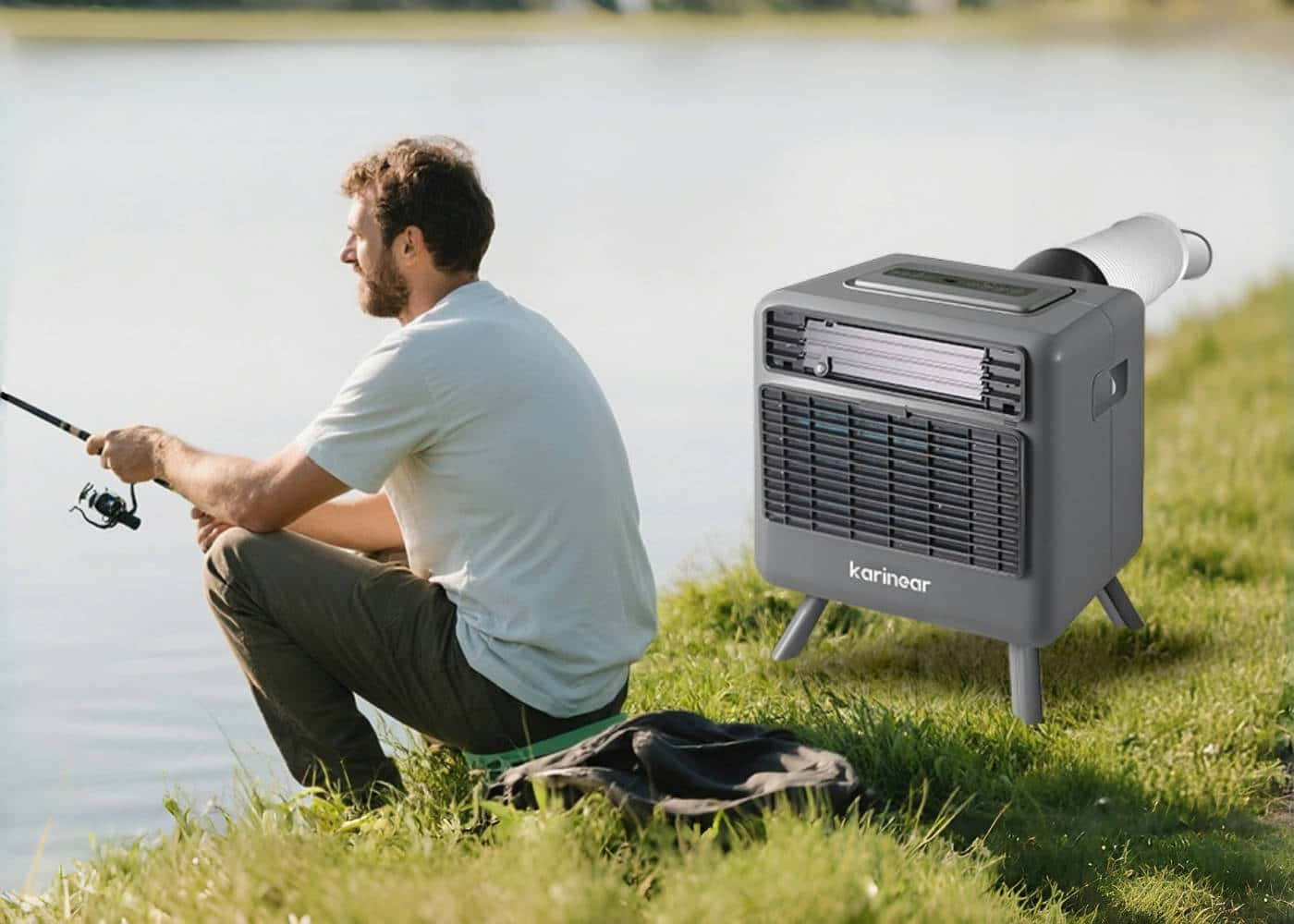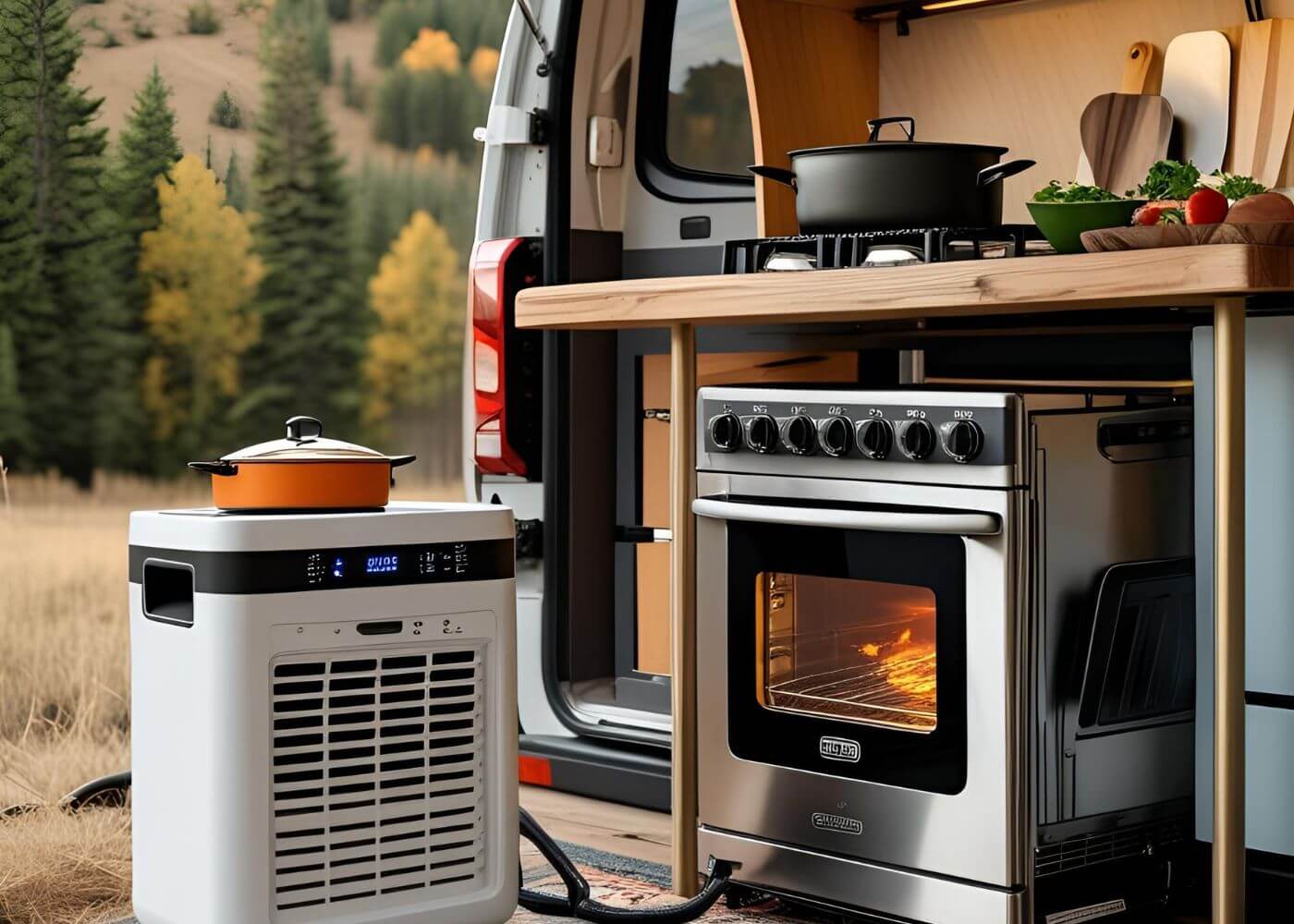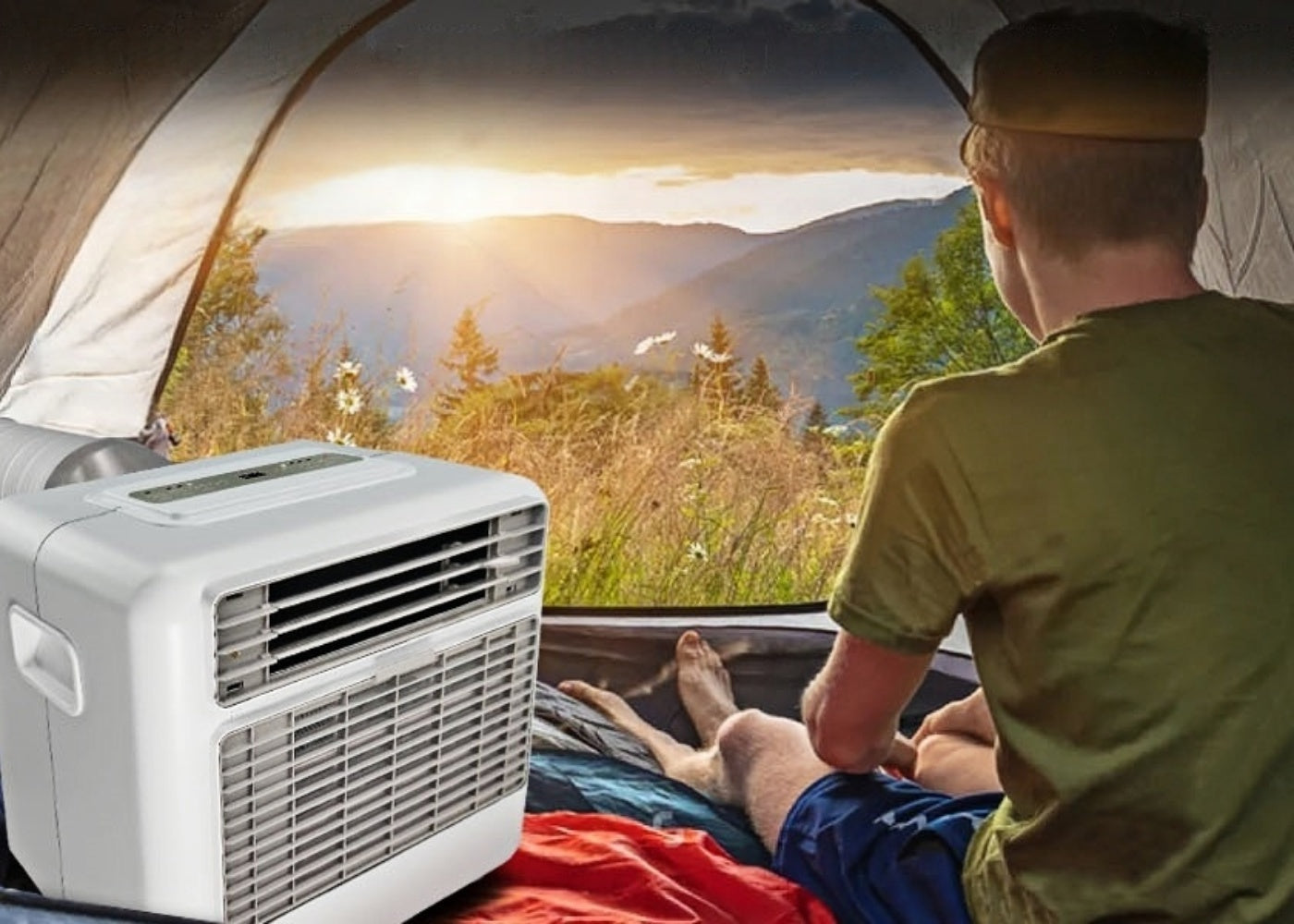
Understanding the Importance of Reducing Your Carbon Footprint
In today's environmentally conscious world, reducing one's carbon footprint is more important than ever. As we strive to minimize our environmental impact, every choice we make can contribute to a healthier planet. This is especially true for outdoor enthusiasts who want to enjoy nature responsibly. By focusing on sustainable practices, we can preserve our natural surroundings for future generations.
One often-overlooked feature of outdoor activities is the use of portable air conditioners, which can have serious environmental consequences. Traditional units are known for their excessive energy consumption and use of hazardous refrigerants. This presents an intriguing question: how can we enjoy the benefits of contemporary technology while remaining environmentally conscious?
What is a Camping Air Conditioner?
A camping air conditioner is a small, energy-efficient cooling unit designed for outdoor use. Unlike standard portable air conditioners, these machines are designed to give comfort while conserving energy. They're an excellent solution for folks who like the great outdoors while still wanting a cool, comfortable sleeping environment.
These gadgets are usually lightweight and can be powered by batteries, solar panels, or low-wattage electrical outlets. Because of their adaptability, they can be used in a wide range of camping situations, from remote wilderness areas to well-equipped campgrounds. Importantly, they are intended to be as eco-friendly as possible.
Camping air conditioners are distinguished by their commitment to sustainability. They frequently use modern technology to cut energy consumption, such as variable-speed compressors and environmentally friendly refrigerants. This not only helps minimize the carbon impact but also assures that campers may enjoy a comfortable setting without compromising their environmental responsibility.
The Environmental Impact of Traditional Portable Air Conditioners
Traditional portable air conditioners, while effective at cooling, are frequently criticized for their significant environmental impact. These devices typically use a lot of electricity, which contributes to increased greenhouse gas emissions. Furthermore, they frequently use refrigerants that are damaging to the ozone layer, aggravating climate change issues.
The energy inefficiency of traditional units is a major concern. Many of these devices run constantly at maximum capacity, regardless of the actual cooling requirements, resulting in needless energy use. This inefficiency not only harms the environment but also results in greater energy expenditures for users, making them an unsustainable choice for eco-conscious persons.
Another significant concern is the disposal of old or broken units. Traditional air conditioners contain materials that can be hazardous if not disposed of properly. This adds to the environmental burden, as improperly discarded units can lead to soil and water contamination. By switching to greener alternatives like camping air conditioners, we can mitigate these negative effects and promote a more sustainable approach to outdoor cooling.
How Camping Air Conditioners Work to Reduce Carbon Footprint
Karinear camping air conditioners are built to function effectively with low energy usage, considerably decreasing their carbon footprint. One method they achieve this is by the use of innovative compressor technology, which regulates the cooling output based on the ambient temperature and user preferences. This tailored cooling strategy ensures that energy is only utilized when it is required, reducing unnecessary usage.
In addition to efficient cooling mechanisms, many camping air conditioners are compatible with renewable energy sources such as solar panels. This feature allows users to harness the power of the sun, further reducing reliance on fossil fuels. By integrating solar energy into their operation, these units not only lower emissions but also offer a self-sustainable cooling solution for remote locations.
Comparing Camping Air Conditioners to Other Cooling Options
When evaluating cooling options for outdoor adventures, it’s essential to compare camping air conditioners with other alternatives like traditional portable air conditioners, fans, and evaporative coolers. Each option has its own set of advantages and drawbacks, which should be weighed according to your specific needs and environmental considerations.
Traditional portable air conditioners offer effective cooling but at the cost of high energy consumption and potential environmental harm. Fans, while energy-efficient, provide limited cooling, which may not be sufficient during extremely hot conditions. Evaporative coolers, on the other hand, are eco-friendly but require a certain level of humidity to function effectively, limiting their use in dry climates.
Camping air conditioners strike a balance between these options by offering efficient cooling with minimal environmental impact. They provide the advantage of portability and flexibility, allowing you to enjoy comfortable temperatures without the drawbacks associated with other cooling methods. By choosing a camping air conditioner, you can enjoy a combination of comfort, convenience, and sustainability that other options may not fully provide.
Conclusion: Adopting Sustainable Camping Practices
As we investigate the intersection of comfort and sustainability, camping air conditioners emerge as an obvious choice for environmentally conscious adventurers. By decreasing energy use and implementing ecologically friendly technologies, these devices allow us to enjoy the great outdoors more responsibly. They represent a big step forward in the quest for sustainable living.
Embracing sustainable camping techniques goes beyond simply selecting the correct equipment. It entails making informed choices about the resources we consume and the influence we have on the environment. By incorporating energy-efficient technologies into our outdoor activities, we may appreciate nature's beauty without jeopardizing its future.










